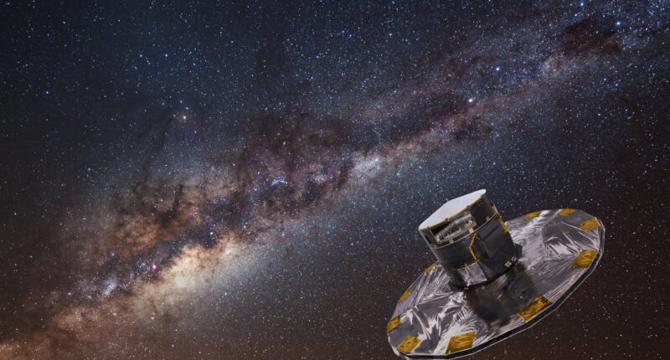Earthsky
6d
317

Image Credit: Earthsky
Farewell to Gaia after 12 successful years
- The European Space Agency (ESA) powered down the Gaia spacecraft on March 27, 2025, after 12 years of successful operations.
- Gaia's data releases are valuable for astrophysical research, influencing various astronomy disciplines up until the final release in 2030.
- ESA's Gaia spacecraft, launched in 2013, provided significant insights into the Milky Way galaxy through mapping and measuring its components.
- Gaia aimed to create a precise 3D map of the Milky Way and has tracked nearly two billion objects over the past decade.
- Gaia operated from Lagrange Point 2, but due to fuel depletion, ESA ceased its measurements although data releases will continue.
- Gaia will be moved from its current orbit to prevent potential interference with other spacecraft, ensuring its safe retirement.
- Gaia's contributions include spotting asteroids with possible moons, discovering massive stellar black holes, and mapping Milky Way mergers.
- Additionally, Gaia made impactful discoveries beyond the Milky Way, such as stars traversing galaxies and identifying a massive ghost galaxy.
- The Gaia spacecraft's retirement marks the end of an era, with astronomers continuing to analyze its rich dataset for years to come.
- Despite Gaia's operations officially ending, the wealth of data it gathered will fuel new discoveries and advancements in astronomy.
Read Full Article
19 Likes
For uninterrupted reading, download the app